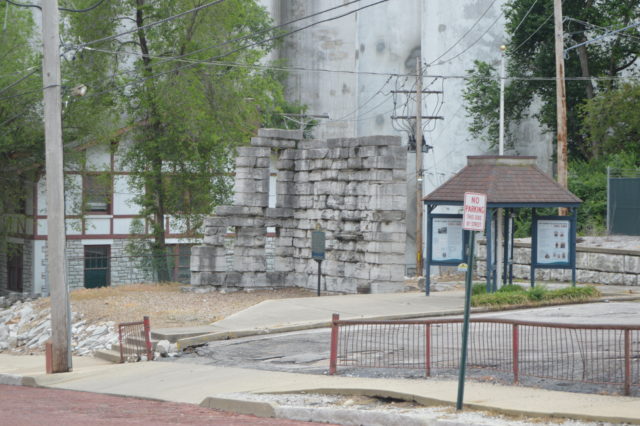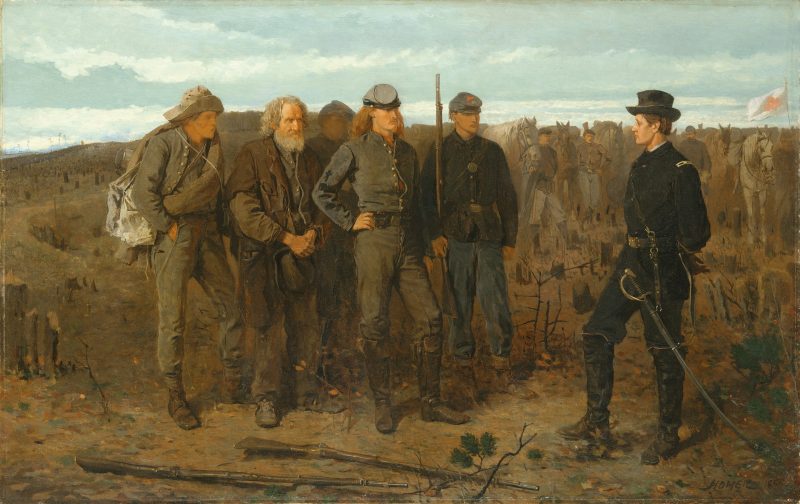An abandoned state prison deemed unfit for human habitation was resurrected and used to incarcerate Confederate soldiers during the Civil War. Alton Prison, situated on the fetid banks of the Mississippi River, became a den of sickness. The situation had to be resolved. The ill were moved to an island to die.
Alton Prison:
Alton was the first state prison in Illinois. It was built too near the river on muddy land. Conditions were bad enough that public complaints led to its closing in 1860. In 1861, the Union asked the state of Illinois if they could use it as a war prison.
The request was made in December 1861. The authorities said it could be improved enough to house prisoners for $2415. The repairs must have been quick or incomplete, as prisoners entered on February 9, 1862. By the 12th, the prison was already overcrowded.
The prison’s 4×7 cells held 1900 soldiers and civilians – including women – accused of treason, bushwhacking, or guerilla warfare. The prison was only meant to hold 800.
The prison’s well was filled with non-potable water. Drinking water had to be carried in from the Mississippi. Food was scarce, so prisoners became malnourished. Sanitary facilities and systems were lacking. Prisoners became sick with dysentery, pneumonia, and even harsher diseases like mumps and rubella.
In summer it was terribly hot and humid. The winters were cold and miserable. The weather only added to the spread of illness. The prison hospital was always overflowing with the weak and dying. Then smallpox broke out.

Smallpox Island:
The hospital had to be expanded to include two unused workshops in the prison yard. People were dying faster than they could be buried. Their bodies were stored on site in a “deadhouse.”
One prison guard said the death toll reached sixty a day and included Union guards.
Captain J.F. Melton of the Confederacy and a prisoner at Alton, wrote to the Confederate Senate of his experience “I have had to run the gauntlet of every disease which human flesh is heir to – smallpox, measles, mumps, pneumonia . . . I have seen hundreds of my companions in arms consigned to a premature and untimely grave here by the cruelty and injustice of my enemies, murdered in cold blood in this terrible house of disease and death.”
By 1863, the hospital could no longer contain smallpox. Those infected were moved to Sunflower Island across the river and quarantined.
A small, lonely, cottage in disrepair awaited them as their new hospital. Those that made the trip talked about it as a “living burial.” The cottage, known as a “pesthouse” became overcrowded quickly.

The closest thing the dying got to comfort was the kindness of a group of nuns from St. Louis. They braved the risk to give comfort to the afflicted. It was because of these nuns that the prisoners received religious burials.
During the smallpox epidemic at Alton, it is estimated that between 1500 and 5000 died. Administrators at the time admitted that they, too, were sick and were in no condition to keep accurate records. Over 300 people died on the island.
Sunflower Island was plowed over in 1936 to make way for a dam and locks. The 300 buried prisoners were discovered and disturbed. The dirt from the island, including the skeletons of the deceased, was used as fill for one of the embankments.
A monument was erected at the dam site in 2002 to commemorate those who died and were buried on the island.
